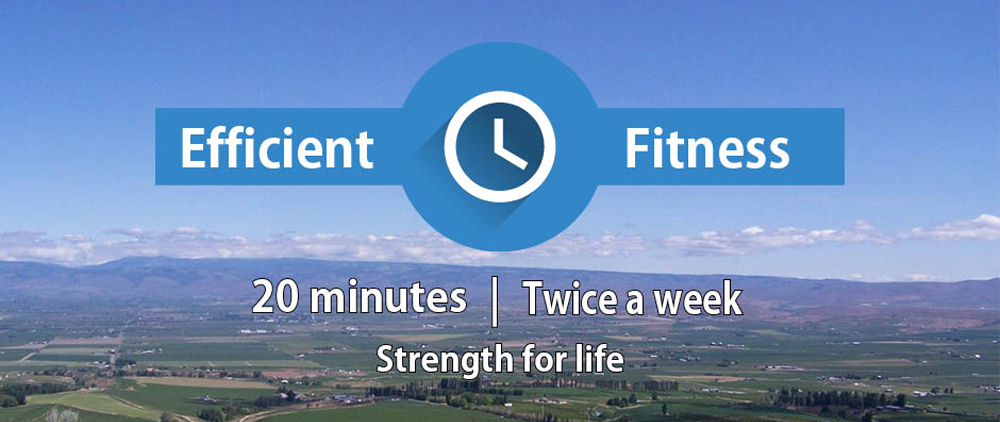When I explain the Efficient Fitness protocol to people, a frequently asked question is "What do you do for cardio?"
"Well," I respond, "this is cardio."
Weight lifting and cardiovascular exercise have often been classified as two different activities. When people say "cardio," what they really mean is steady-state "aerobics" — like jogging in the park for an hour or hitting up the elliptical machine at the local gym.
The problem with calling it "cardio" is assuming your heart knows the difference between lifting weights or taking a jog. The simple truth is, it doesn't. Your heart doesn't have eyes, and it has no idea if you are throwing a rock or hiking a trail or performing a bench press. All it knows is your muscles are working.
Your heart's sole purpose is to deliver blood and nutrients around to your body, and most importantly for the sake of our conversation, your muscles. When you contract a muscle hard, your heart thinks "Oh my gosh, we better get pumping! That muscle needs some nutrients."
This is exactly why you can get all of the benefits of traditional steady-state aerobic exercise in a fraction of the time with properly-performed strength training. If you place an intense demand on your muscles, your heart won't have any choice but to work, and keep working for hours after your 20-30 minute workout is over.
In a comprehensive study titled "Resistance Training in Humans: A review of acute physiological responses and chronic physiological adaptations," researchers found that reaching momentary muscular fatigue during a 20-minute resistance training session produced cardiovascular improvements just as effectively or MORE effectively than traditional aerobic training. So why on Earth would you pound the pavement five days a week for an hour, if you could just work your muscles really hard for 20 minutes and then call it a week?
So if you hate running, try strength training. Fatiguing your muscles with slow-controlled movements will get your heart pumping just fine and allow you to avoid the sore knees, twisted ankles and countless hours spent exercising.
Biofit NY trainer Jay Vincent has a great post on this topic as well, and I'd encourage everyone to read his thoughts on the subject, as he dives deep into how "cardio" became popular, and the biological mechanisms behind why strength training is not only superior, but much more safe and time efficient.
No results from running? Call 425-214-2251 or email matt@efficient-fitness.com to book a complimentary session and find out why time-efficient strength training is the safest, most effective way to see results.

